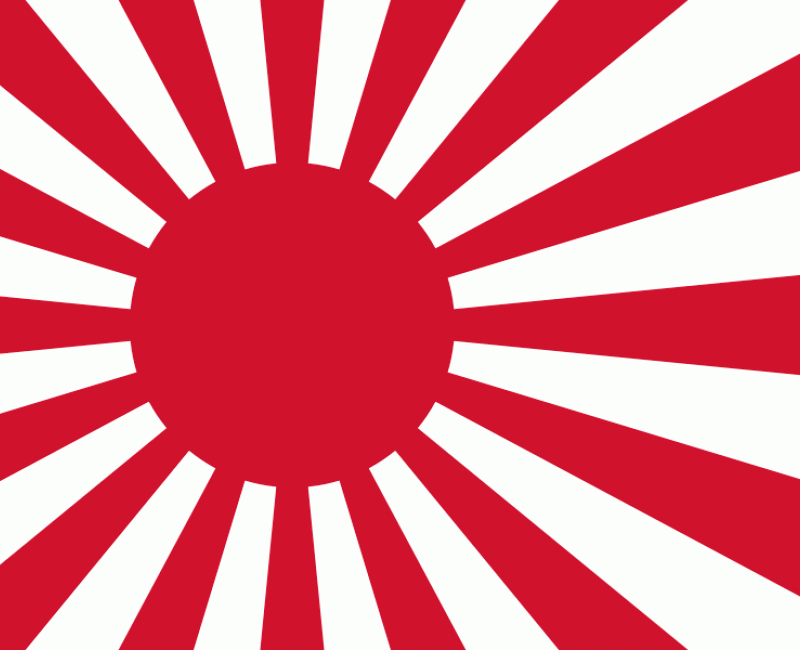The Japanese Flag
There are some errors of interpretation and knowledge about the Japanese flag 🇯🇵, hence this post. In Japanese language, a flag is called 旗 hata.
The flag of Japan is called 日の丸 (の旗) hi no maru (no hata), which means '(flag of) circle of the sun.' In official documents, it is referred to as 日章旗 nisshôki, the 'Japanese banner.'
The background color of the flag is white, symbolizing purity and honesty, adorned with a red circle (on 3/5 of the height) representing the sun, symbol of sincerity and passion. Some may interpret the duality as another representation of honne / tatemae. Height to width ratio is 2/3.
Definition and history of the Hi no Maru Flag
The Japanese flag is supposed to represent the ancestral lineage of the emperor with the sun goddess, Amaterasu. The sun has always been a strong symbol of Japan, which is found in the common sentence "empire / country of the rising sun."
According to the legend, it gets its origin back from the thirteenth century, when Buddhist priest Nichiren gave a sun disk to the Emperor of Japan. First evidence of the flag appear in paintings of the fifteenth century’s battles.
Hi no maru has then been used by the Tokugawa Shogunate during the seventeenth century, and was adopted as the national flag of Japan during the 1868 Meiji Restoration. Surprisingly, the official validation waited until August 13, 1999 (!) along with Kimi ga Yo becoming the official national anthem.

Not to confuse with the Rising Sun Flag
Let's be careful not to confuse the flag of the State with that of the Japanese Navy, whose sun disk has sixteen rays. It has been used officially from October 7, 1889 and ever since. We have seen it very much, obviously, during World War II.
Nowadays, it is often hoisted by nationalistic groups, especially the far-right (sometimes with flags displaying the sun at the center), as well as some yakuza clans.
Note that it was banned by the Treaty of San Francisco at the end of the war, and then reused by the Navy official Self Defense Force from June 30, 1954.
It is therefore incorrect to believe that it is the former flag of Japan, since both have been coexisting for a long time.

